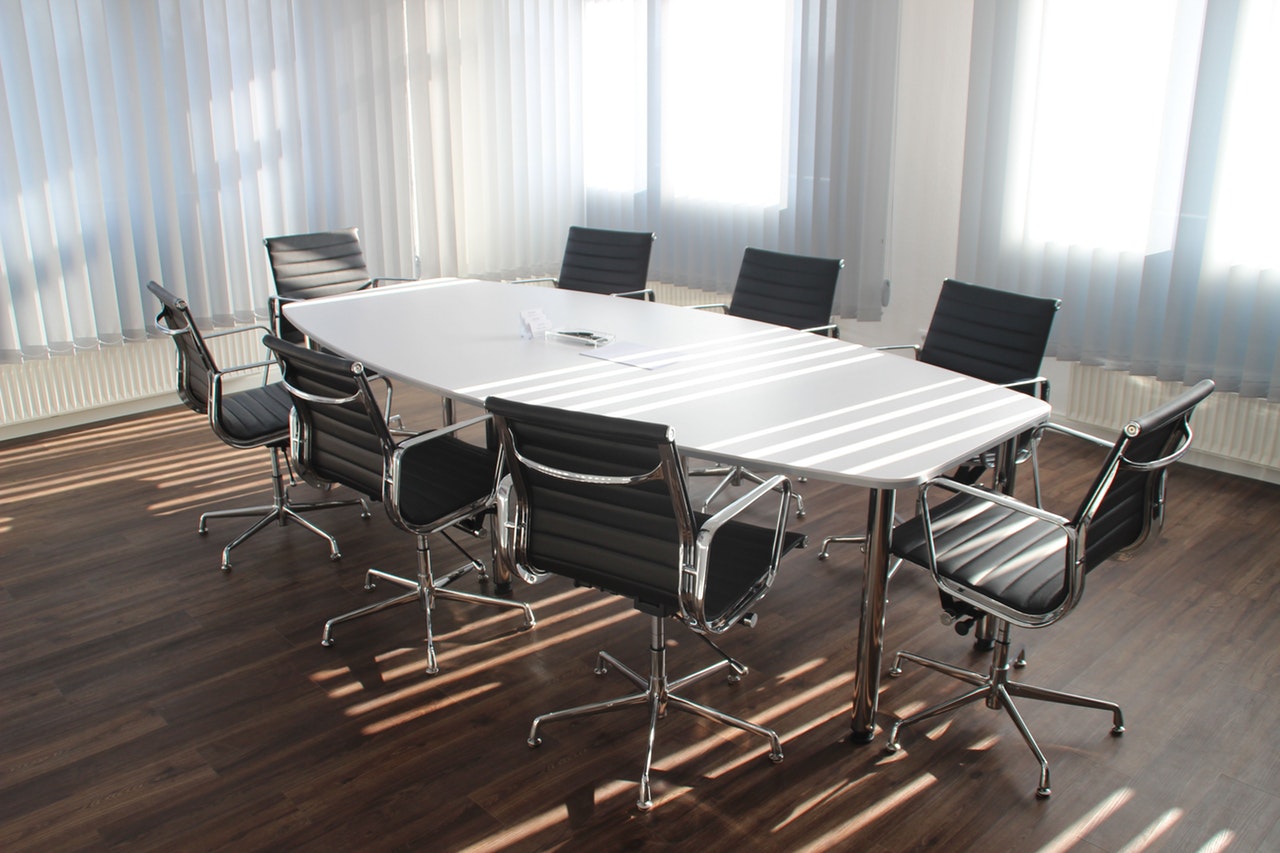Have you ever set aside valuable time in your schedule for an important meeting only to get there and not be able to hear a thing? It’s a frustration and a waste of time, but it’s also not that uncommon. Sometimes something as simple as an echo or ambient noise makes it impossible to understand or even hear other meeting participants.
Your first assumption might be that faulty hardware is the cause of your audio problems. Making sure you have an up-to-date, integrated sound system is a great place to start. However, some conference room audio problems are a result of your meeting room design, not your equipment. Here are three room design elements to consider for improved conference room sound quality.
3 Ways to Improve Conference Room Audio
If your conference room audio system is not the cause of poor audio experiences, it could be the acoustics and design of your conference room itself creating the problem. Here are three areas to investigate to determine whether your room design is hindering meeting audio and efficiency.
1. Hard versus soft surfaces
Hard surfaces in your conference rooms, such as large glass walls and windows, large drywall surfaces, large marker board surfaces, and bare walls and floors will reflect sound waves for a longer period of time than soft surfaces, such as cloth-covered chairs and carpeted floors. This prolonged sound wave reflection is known as reverberation. Too much reverberation creates a buildup of sound that makes a room louder and covers up the direct sound—such as the voice of the presenter—that meeting participants need to hear. Simple fixes, such as swapping out hard chairs for cloth-covered ones, installing carpet, and hanging curtains or drapes, can soften your meeting room surfaces, increase sound absorption, and decrease the reverberation that interferes with clear conference room audio. More technical solutions include acoustical ceiling tiles, ceiling mounted baffles, and wall-mounted acoustical panels.
2. Furnishing the room
Today’s modern, minimally furnished rooms can contribute to poor sound quality and sound interruptions—like echo—during teleconferences. Metallic surfaces, like those found on credenzas, counters, or tables prolong sound’s reverberation period. Reflective services, like a glass conference room table, can cause echo too. Consider softening the room for better sound by decorating with items like plants and throw rugs. Shades and drapes designed to control echo make the room quieter and improve conversations.
3. Sound dampening panels
Some of the technical room design solutions you can employ to improve your conference room audio include the acoustic panels mentioned above. Also called sound dampening panels, they use absorption materials such as fabric or foam to dampen ambient noise and improve the overall audio experience. Because they can be attached to existing walls and ceilings, acoustic panels are an easy and inexpensive way to retrofit a conference room. In some cases, they can even be personalized to match your existing décor. Placing the panels on the walls around your conference table—or the ceiling above it—will offer the best results. The number of panels you need will depend on the size of your conference room, and experts recommend at least 15 percent coverage for optimal audio quality.
Simple ways to improve conference room audio now
In addition to making room design adjustments to improve conference room audio, there are simple things conference call participants can do to be part of the sound solution instead of part of the problem. Make sure all cell phones are silenced or turned off before a meeting begins. Ensure the person speaking is close to the microphone and talks directly into it. Whenever possible, choose a conference room far away from common areas that create distracting ambient noise. Combined with other efforts to user-proof your conference rooms, you’ll be enjoying clear audio and productive meetings in no time.
You might also be interested in The IT Pro’s Guide to User-Friendly Meeting Rooms.










